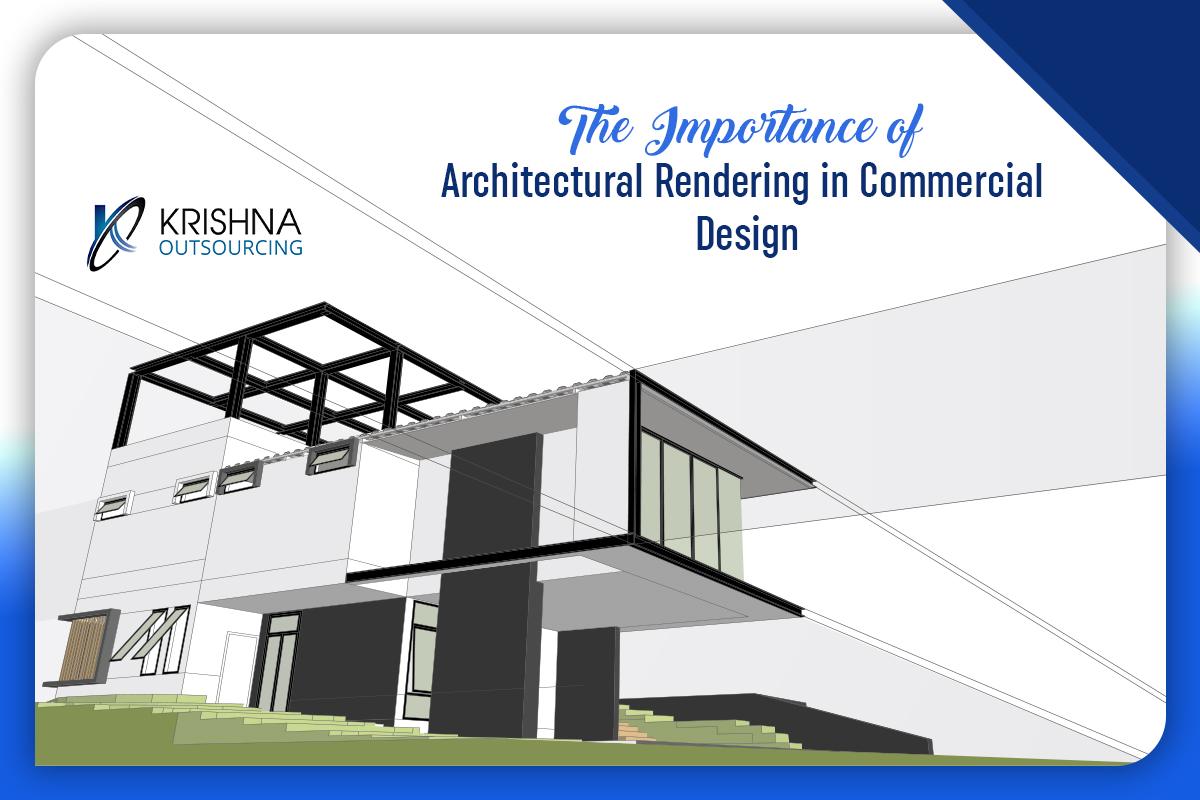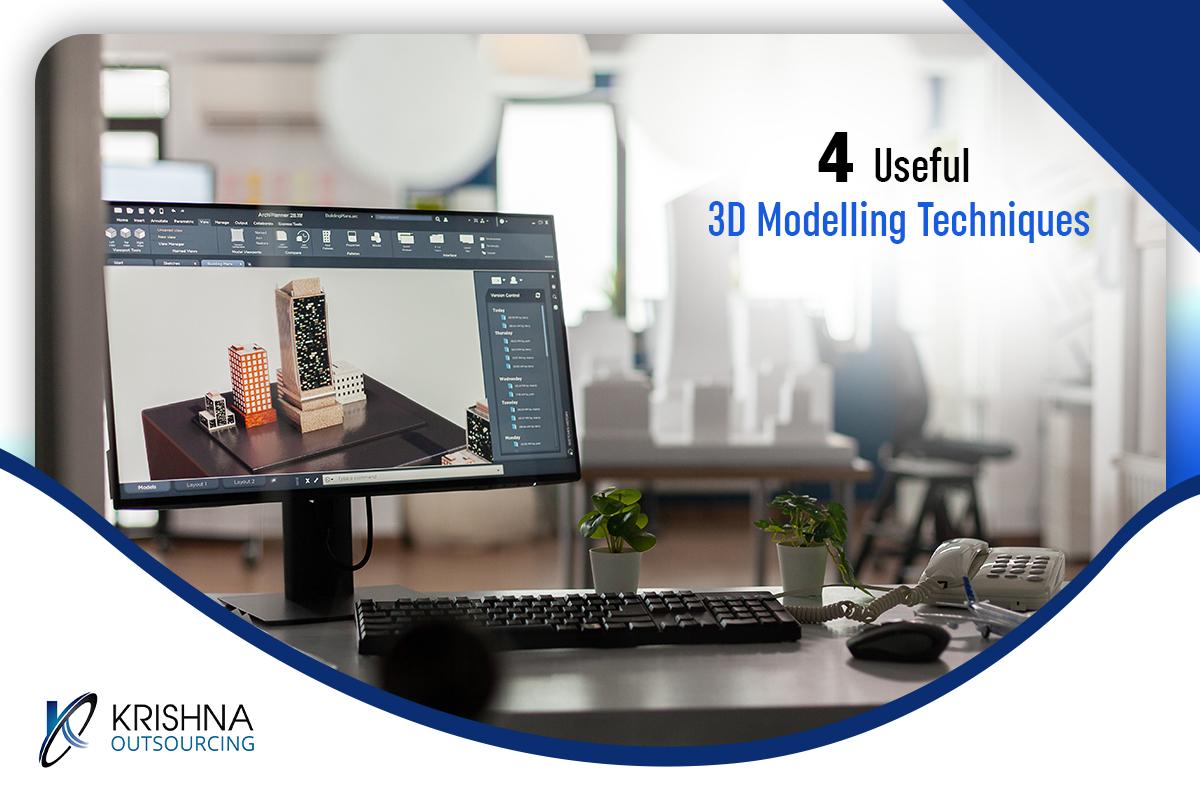Although architectural drawings have incredible potential as visual media, mistakes in their creation can make it difficult to convey our messages.
Glazing shop drawings are important documents that guide the installation of glass and glazing systems. To ensure that these drawings are accurate and effective, it is important to avoid common mistakes.
While there are many great guides on how to draw architecture, not many guides that tell you what to avoid. These common errors can be avoided when you are engaging in Commercial Glazing Shop Drawings Services.
10 Common Mistakes to Avoid in Glazing Shop Drawings:
1. Draw without a plan
It is common to put pen to paper and not have an end goal. This is especially true in architecture, where we often confuse visual brainstorming with total spontaneity. Before you start sketching conceptual ideas, it is important to ask yourself the key questions that will help you determine your desired outcome.
Question yourself like, What number of concepts do you want?
What level of detail will you include?
Is your concept in 2D, 3D, or both?
Experts state that people often start sketching right away without having any kind of plan in mind. A well-thought-out drawing will always seem more focused and clear than one that isn’t.
2. Too much on the outline
Although lines are great for diagrammatic drawing, they should not be used when sketching a street scene or other natural setting. Experts say that every time a drawing tool touches paper, it wants to make a mark. However, the trick is to see the world through the lens of values, which are levels of light and shadow. And then use these values to draw the edges of buildings or other objects.
3. Too much attention to details
The overall structure and composition of architectural drawings are crucial. Without a solid foundation, you will not be able to draw any detail. Experts says that it is easy to get lost in details, but all the work you do will be wasted if you don’t have the right larger forms.
The temptation is to rush to finish the drawing, which can lead to beautiful rendered areas that need to be erased later. Start the drawing correctly, working from small to large. First, the main forms should be filled in. Then come the details.
4. Inconsistent illumination
In order to create a realistic scene, it is important to use the right lighting in an architectural perspective or section drawing. Remember to indicate a light source in your drawings. This is because one side of an object will be generally lighter or darker than the other.
Consistency is key. If your shadows don’t run parallel to each other in the right places, your drawing will immediately look wrong.
5. Not utilizing line weights
Neglecting to adjust the thickness and shade of your lines is a sure way to make architectural drawings appear lifeless or blurry. Architectural drawings that use a variety of line styles and weights can help you distinguish depth and highlight different parts of the drawing. A drawing can be quickly read flat if only one type of line is used on a projection or sketch.
6. Unnatural perspectives
If you want to create an eye-level view, the camera height should be around 6 feet. This will allow the viewer to feel the space. People often reason that they want to see more of the ground plane so they raise their camera to about 8-10 feet above their heads at 12, 12 and 13 feet, respectively. This creates an awkward and uncomfortable composed image.
7. Incorrectly drawing circular forms
Two-point perspective drawing is something that most people can do well with, provided the forms are straight-edged. Things can get complicated and sometimes distorted if you add a curved facade to the mix or a circular window.
8. Smudging
This is a common drawing problem that everyone has experienced at one time or another. You begin to shade in shadows using your pencil and before you know it, you have black marks all over your paper.
This is why it’s important to plan ahead. Sometimes you will need to hold your hand somewhere for larger drawings. There are many tools that can effortlessly help you. You can use a drawbridge or mahl stick to raise your hand as you work.
9. Neglecting texture or pattern
Many architects see every drawing as a single, clean diagram. This approach is appropriate for some drawing types but texture and pattern should be ignored. Why? Eric Baldwin explains why.
Although hatching is essential for identifying parts of technical construction details, conceptual drawings can be more helpful if you use a creative approach with pattern and texture.
10. A fixed mentality
Drawing is a difficult aspect of architectural design.
It takes practice and persistence to master it. It is easy to see this task as impossible in any artistic endeavor. But, patience and perseverance can make mastery possible for anyone. Experts say that many students see someone with more talent than they have and conclude they are not talented. They have locked their mental state in a way that makes it impossible for them to draw. This type of self-defeatism, unfortunately, is very common in the visual arts.
Wrapping up
Drawing can be learned. If you are aware of common mistakes in Glazing Shop Drawing, you will learn how to draw faster.
And we hope this blog helps you understand those common mistakes.
At Krishna Outsourcing, we cater to the best Glazing Shop Drawing Services.
Feel free to reach out to our experts at +91 8460 220 396 / +1845 445 4108 or visit our website to get a quote now!







